450T Pongee fabric is a high-thread-count woven fabric, primarily made from polyester or nylon, known for its smooth texture, lightweight strength, and subtle sheen. You’ll often find it quietly doing the heavy lifting in linings, umbrellas, windbreakers, and backpacks.
|
Attribute |
Details |
|
Also Known As |
High-density Pongee, Micro Pongee, 450T Polyester Fabric |
|
Manufacturing Process |
Plain Weave → Dyeing → Coating (PU/PA/PVC) → Finishing |
|
Appearance |
Smooth, semi-matte finish, soft drape, fine texture |
|
GSM Range |
35-50 GSM (grams per square meter) |
|
Composition Range |
100% Polyester or Polyester/Nylon blends (typically 85/15 or 90/10) |
|
Construction Range |
450 Threads/inch² (warp + weft), tight plain weave |
|
Functionality |
TPU, PU, PA, AC (anti-static), W/R (water-repellent), PVC, PV (pearlescent coating) |
|
Possible Yarn Count |
50D × 50D, 75D × 75D, micro-denier blends |
|
Full Width |
57/58”, 59/60", occasionally 71/73” for bulk use |
|
Fabric Breathability |
Low to moderate (varies by coating type) |
|
Stretchability |
Minimal (can be enhanced with spandex blends or mechanical stretch finishes) |
|
Prone to Pilling/Bubbling |
Low – due to tightly woven construction and smooth finish |
|
Country First Produced (with Year) |
Japan, early 1960s, during synthetic fabric innovation boom |
|
Biggest Exporter Country (2024) |
China – Approx. 180,000+ metric tons/year |
|
Recommended Washing Temperature |
30°C–40°C (cold to warm water, gentle cycle) |
|
Finishing Uses to Increase Functionality |
WR (Water-Repellency), UV protection, Antibacterial, Flame Retardant, Anti-UV, Embossed |
|
Shrinkage Rate |
Less than 2% when washed under recommended conditions |
|
Abrasion Resistance |
High – over 30,000 rubs (Martindale Test) |
|
Tear Strength |
Medium-High (increased with PU or TPU backing) |
|
UV Resistance |
Moderate to High (with UV-treated finishes) |
|
Color Fastness (Rubbing/Dry) |
4–5 (Good to Very Good) |
|
Eco-Friendly Variants Available? |
Yes – Recycled Polyester (rPET) versions available |
|
Applications |
Windbreakers, Luggage Linings, Outdoor Tents, Umbrellas, Flags, Car Covers, Garment Linings, Promotional Banners |
|
Ideal End-Use Market |
Sportswear, Outdoor Gear, Travel Accessories, Industrial Covers |
|
Customization Options |
Printable Surface (Sublimation/Digital), Embossed Texture, Heat Transfer Compatible |
Despite being rarely discussed at dinner parties, this fabric is a workhorse in the textile world. Let’s dig into what makes 450T Pongee unique.
Table Of Contents
450T Pongee Fabric
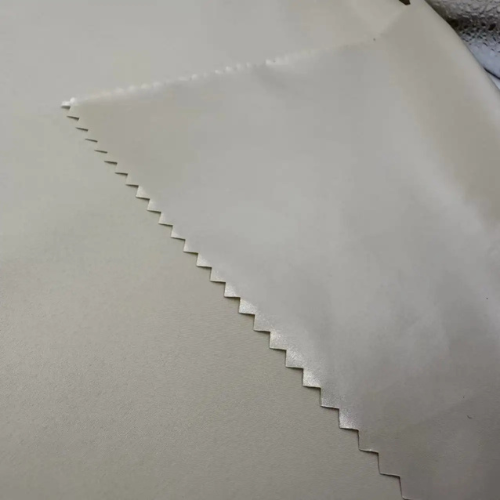
Thread count in Pongee fabrics
Here, “450T” refers to the thread count per square inch — total threads in warp and weft combined. The higher the number, the denser and smoother the fabric. For context:
- 190T Pongee Fabric = Standard density
- 300T Pongee Fabric = Mid-range quality
- 450T Pongee Fabric = Premium smoothness and strength
You can think of it as comparing standard-definition and ultra-HD screens. More threads = more pixels = cleaner output.
450T vs 300T or 190T – What’s the difference?
- Feel: 450T feels finer and silkier.
- Strength: More compact, less prone to tearing.
- Functionality: Better water resistance and windproofing when coated.
How Is 450T Pongee Fabric Made?
Manufacturing Process
Pongee is a plain weave fabric. In 450T’s case, the yarns are tightly woven, often using fine denier filaments (like 50D or 75D). The manufacturing includes:
- Weaving high-density warp and weft yarns.
- Finishing with coatings such as PU, PA, or PVC for water repellency.
Fiber Types Used (Polyester, Nylon)
While polyester dominates for cost-effectiveness and versatility, nylon blends offer superior softness and durability.
Key Characteristics of 450T Pongee Fabric
Weight & GSM Range
Typically, 450T Pongee falls between 90–130 GSM, depending on fiber and coating. Lightweight yet durable. Think about it—just 130 grams per square meter for something that can resist wind and water.
Durability and Strength
Thanks to the tight weave, it resists abrasion and tears well. You’ll rarely see it fray or wear thin, even under rough outdoor conditions.
Water-Resistant Properties
It’s often finished with PU (polyurethane) or PVC coatings, making it ideal for rainwear and umbrellas. With water resistance over 600 mm+, this fabric can keep you dry in a drizzle—or a downpour.
Look and Feel
Silky, clean surface with a subtle sheen. Not as glossy as taffeta but softer than oxford. It balances aesthetics and practicality like a multitasking superhero.
Applications
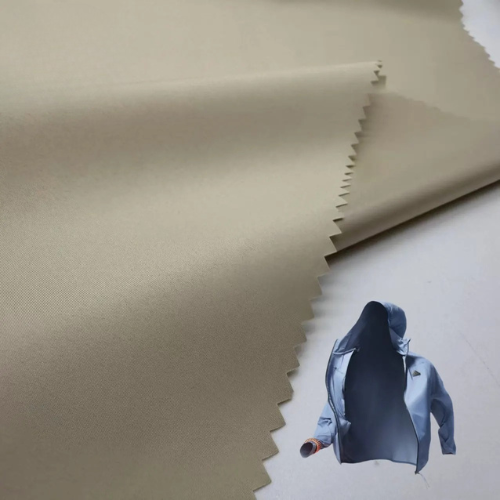
Outerwear & Jackets
Its windproof and water-resistant qualities make it a top choice for lightweight jackets and shell garments.
Bags & Lining Materials
450T is ideal for linings in backpacks, laptop sleeves, and luggage because it doesn’t add weight but adds strength.
Umbrellas & Tents
You’ve likely used a 450T Pongee umbrella without knowing it. Its tight weave + coating offers rain protection without adding bulk.
Advantages and Disadvantages of 450T Pongee Fabric
What makes it special?
- High strength-to-weight ratio
- Smooth texture
- Water-resistant and windproof
- Affordable compared to silk or nylon ripstop
Any downsides?
- Not breathable (if fully coated)
- Not ideal for hot climates
- Limited elasticity (unless blended)
Comparison With Other Fabric Types
450T Pongee vs 380T Pongee
|
Feature |
450T Pongee |
380T Pongee |
|
Thread Count |
450 |
380 |
|
GSM Range |
90–130 |
75–110 |
|
Softness |
Higher |
Moderate |
|
Durability |
Higher |
Moderate |
Pongee vs Taffeta or Oxford
- Taffeta: Stiffer and shinier. Used more in formalwear linings.
- Oxford: Thicker, more textured. Common in backpacks and heavy-duty gear.
- Pongee (450T): Balanced, smoother, and lightweight.
Final Thoughts
If you want a fabric that feels light but acts tough, 450T Pongee fabric is your guy. It's reliable, versatile, and doesn’t beg for attention. Whether you’re designing a rain jacket or sewing a lining for your next outdoor gear, 450T is a safe, solid choice.
No, it’s not fancy. But neither is duct tape—and we all know how much we love that stuff.
FAQs
1. What does 450T mean in fabric?
450T refers to the total number of warp and weft threads per square inch in the fabric. A higher T count means denser, smoother fabric.
2. Is 450T Pongee waterproof?
By itself, it's water-resistant. With a PU or PVC coating, it can be made waterproof enough for umbrellas and jackets.
3. Can 450T Pongee be used for tents?
Yes. Many lightweight camping tents use 450T Pongee due to its strength, compactness, and weather resistance.
4. Is 450T better than 300T?
In terms of strength, smoothness, and resistance to elements, yes. But it depends on the application. 300T might be lighter.
5. Does 450T Pongee fabric stretch?
Not really. It’s a woven fabric with limited elasticity unless blended with stretch fibers like spandex.



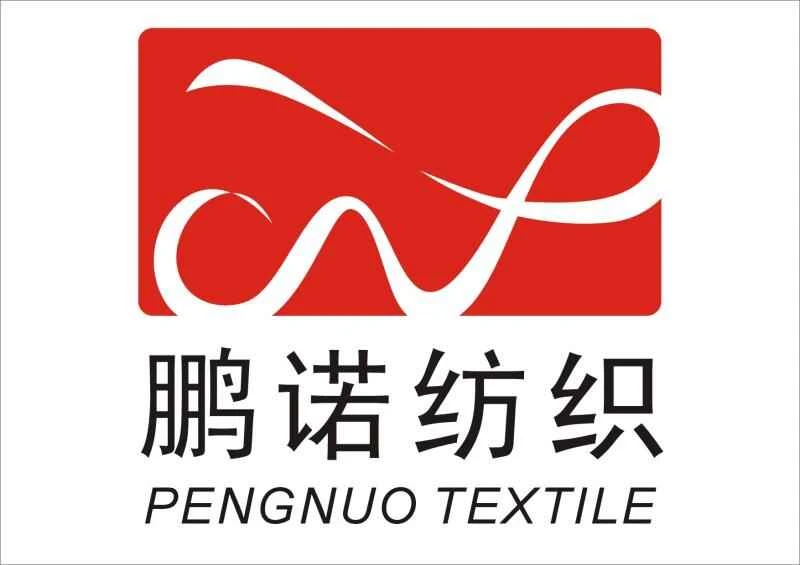


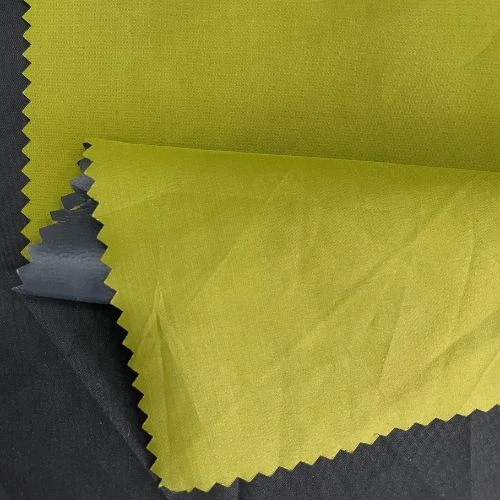

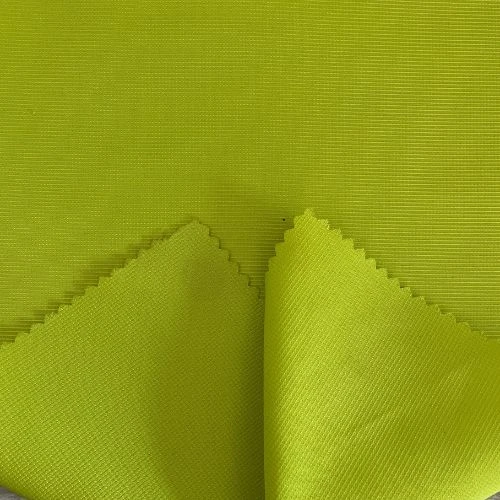

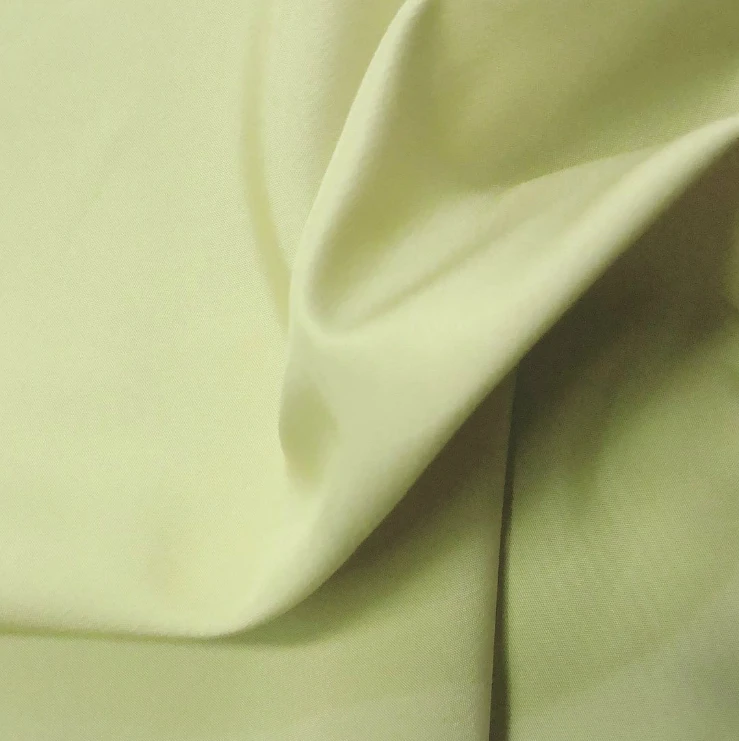
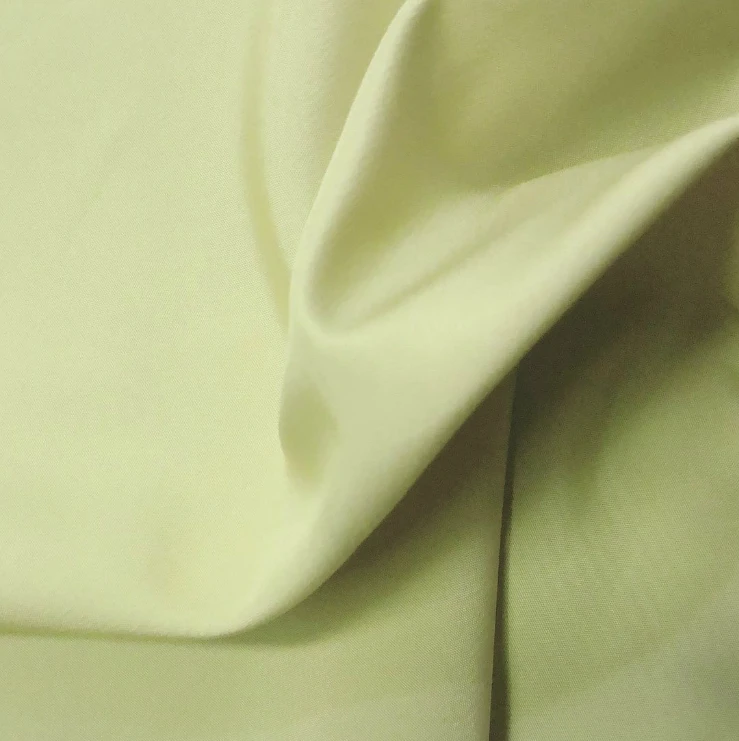
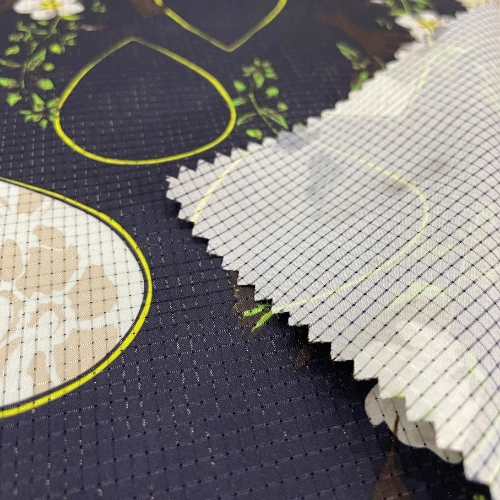
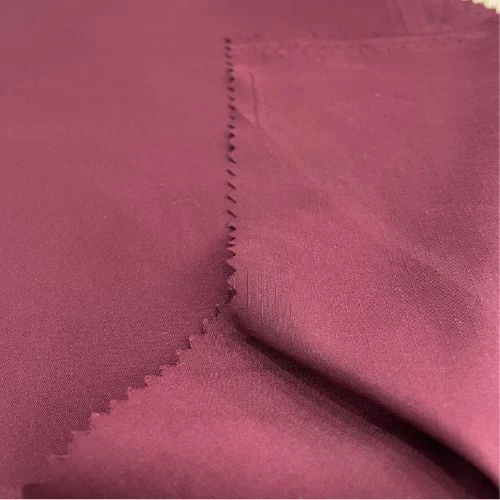
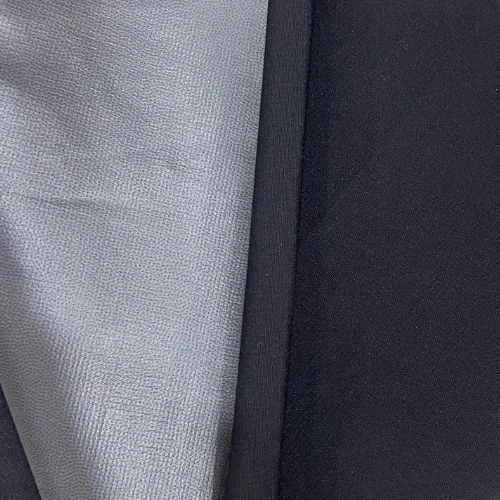

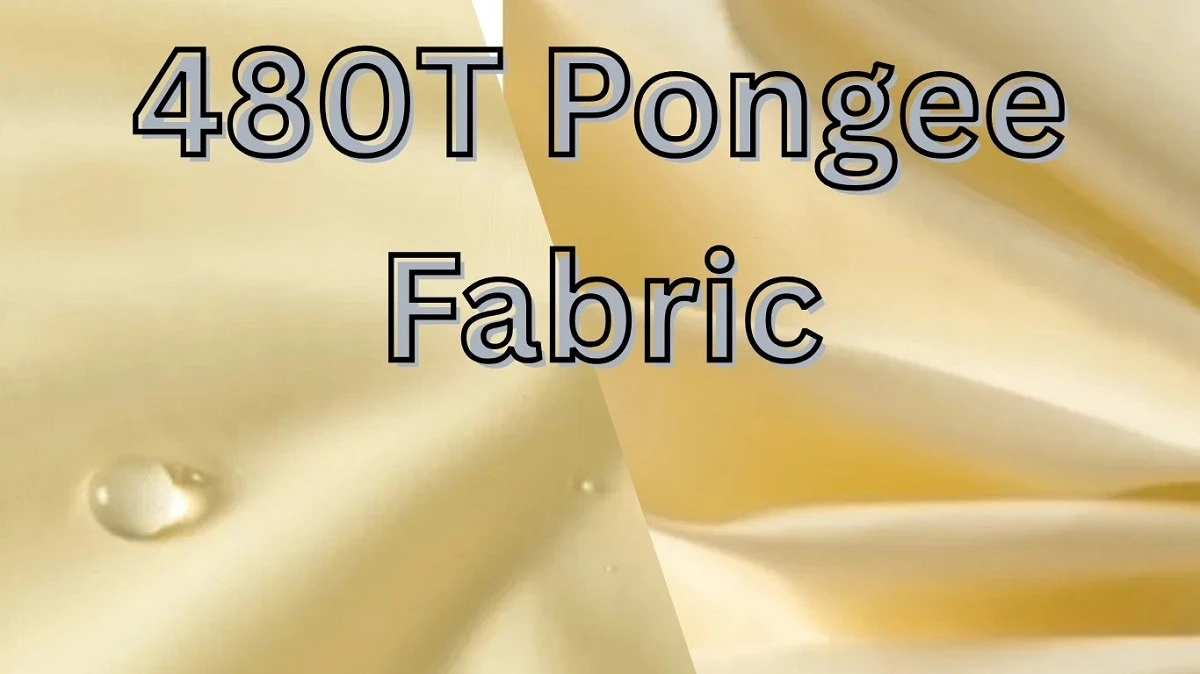
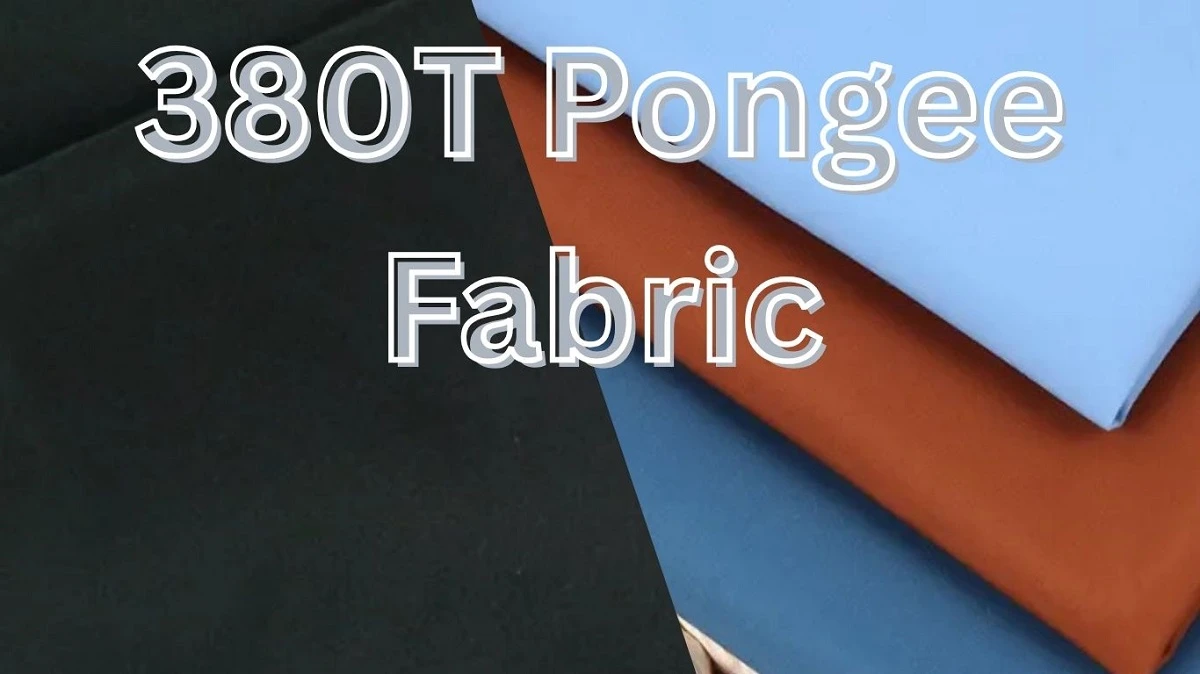
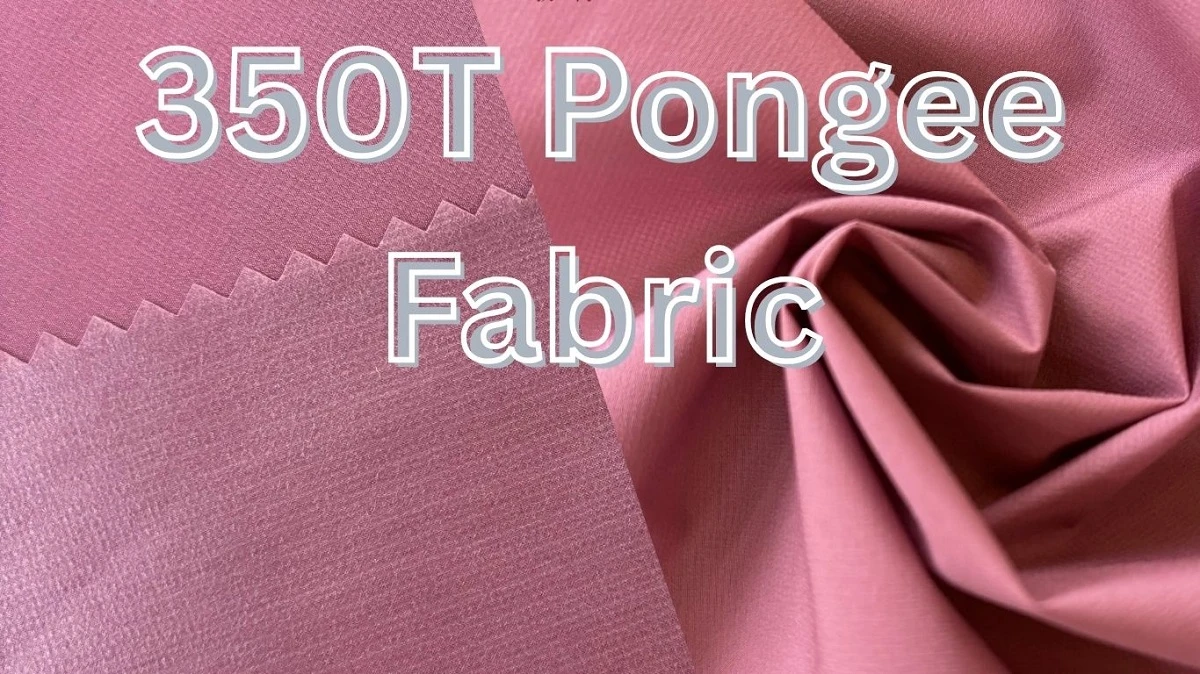
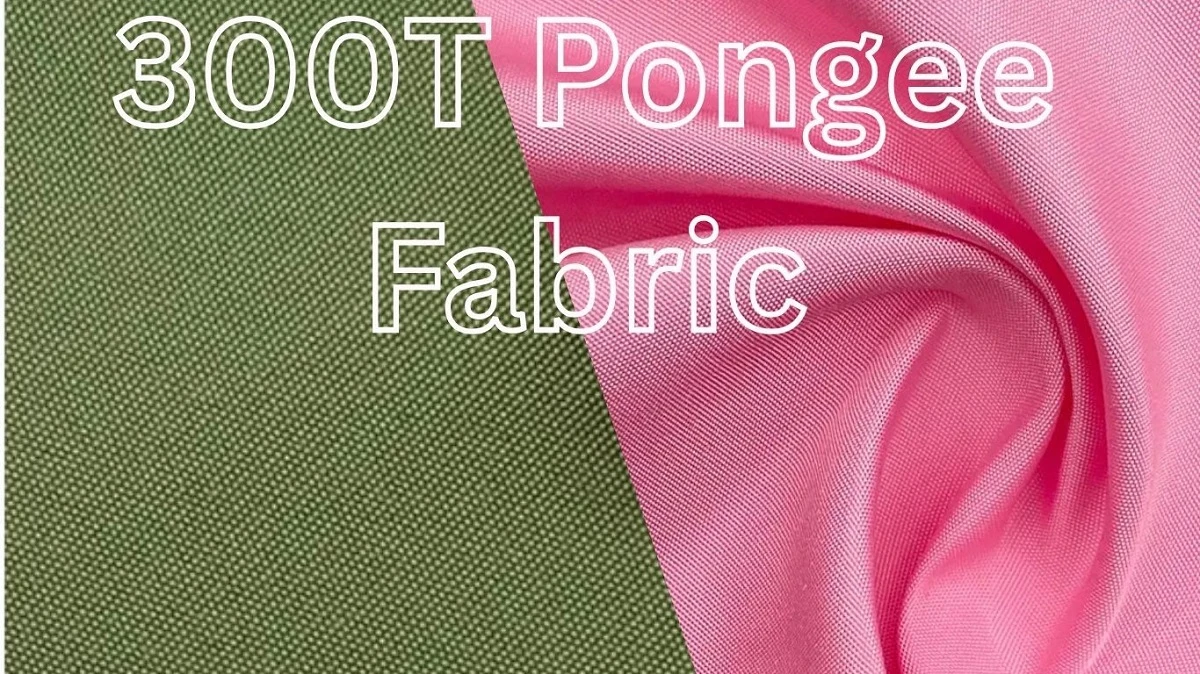
Comments - 00
Leave A Reply
Thanks for choosing to leave a comment.